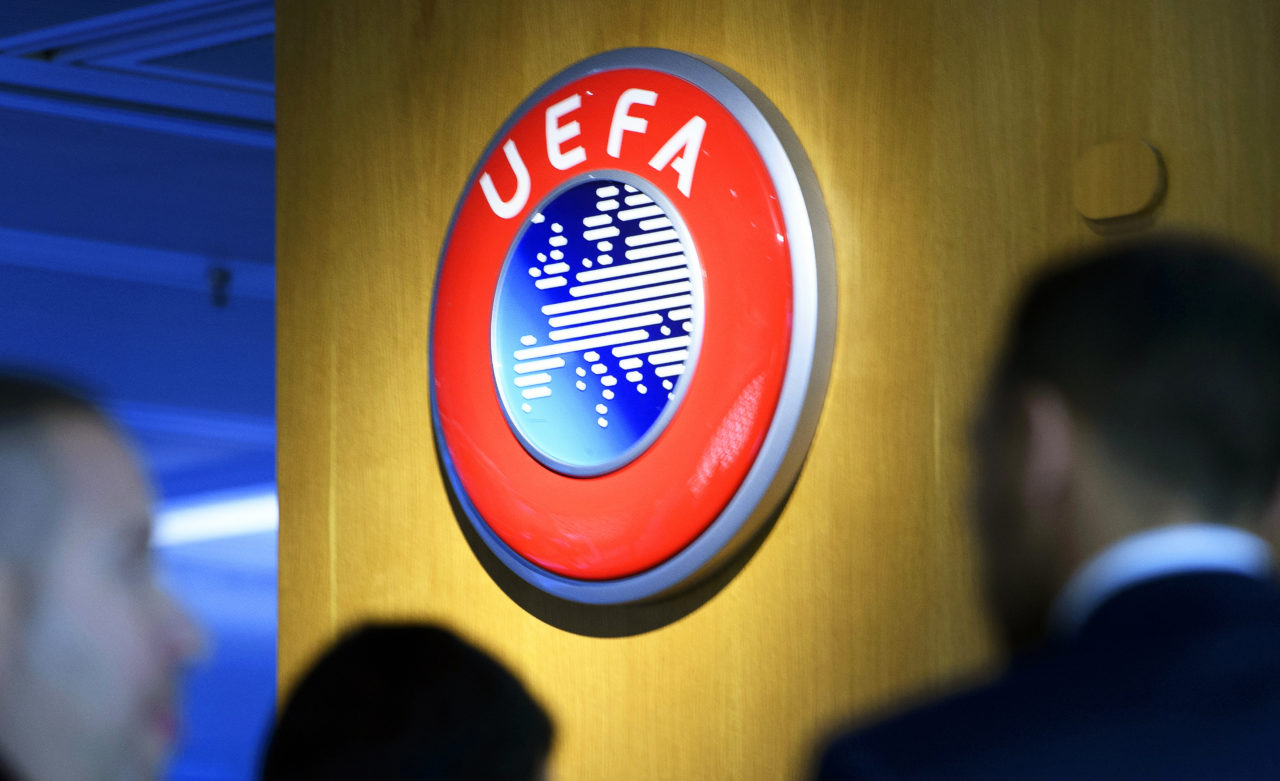Imagine a football pitch where goals are scarce, not because of defensive prowess, but because clubs are too busy counting pennies to afford strikers. That’s the dystopian dream (or nightmare) envisioned by some when Financial Fair Play (FFP) waltzed onto the scene. But is this fiscal fandango truly the death knell of competitive excitement? Let’s put on our refereeing hats and blow the whistle on this debate.
On one hand, FFP, with its “break-even” requirement, is like a financial fitness coach, forcing clubs to shed their spendthrift ways. Remember Manchester City’s pre-FFP “Galactico” phase? Enough said. This financial responsibility fosters sustainability, ensures clubs don’t teeter on the edge of bankruptcy, and prevents sugar daddies from buying trophies. Remember Parma FC, anyone? It also, theoretically, levels the playing field, stopping clubs like Real Madrid and PSG from turning the Champions League into their personal piggy bank.
But here’s the rub: football, at its core, is a competition. And competition thrives on unpredictability, on Leicester City’s fairytale triumph, not on a pre-ordained pecking order. FFP, some argue, risks turning leagues into snooze-fests, where the same big boys predictably battle it out, while the rest become also-rans. Look at La Liga, where the gap between Real and Barca and the rest seems wider than Messi’s trophy cabinet.
Plus, let’s not forget the “creative accounting” some clubs employ to dance around FFP’s rules. Inflated sponsorship deals, anyone? This raises questions about the effectiveness of the regulations and creates an uneven playing field for those who choose to, well, play fair.
So, what’s the verdict? Is FFP a red card for competitiveness or a yellow card for financial recklessness? The truth, like a well-timed through ball, lies somewhere in between. FFP needs tweaking, for sure. More transparent financial reporting, stricter enforcement, and perhaps even exemptions for clubs with genuine revenue growth could be the answer.
Ultimately, the goal shouldn’t be to create a sterile, budget-obsessed sport, but to ensure its long-term health and, yes, a healthy dose of drama. We want to see clubs compete, take calculated risks, and, yes, maybe even overspend occasionally (we all have those crazy transfer market splurges in Football Manager, right?). But let’s do it responsibly, sustainably, and with a dash of that unpredictable magic that makes football, well, football.
After all, who wants to watch a league where the only surprise is which shade of blue the champions’ jerseys will be? Let’s just make sure the underdog can afford some decent teeth.





